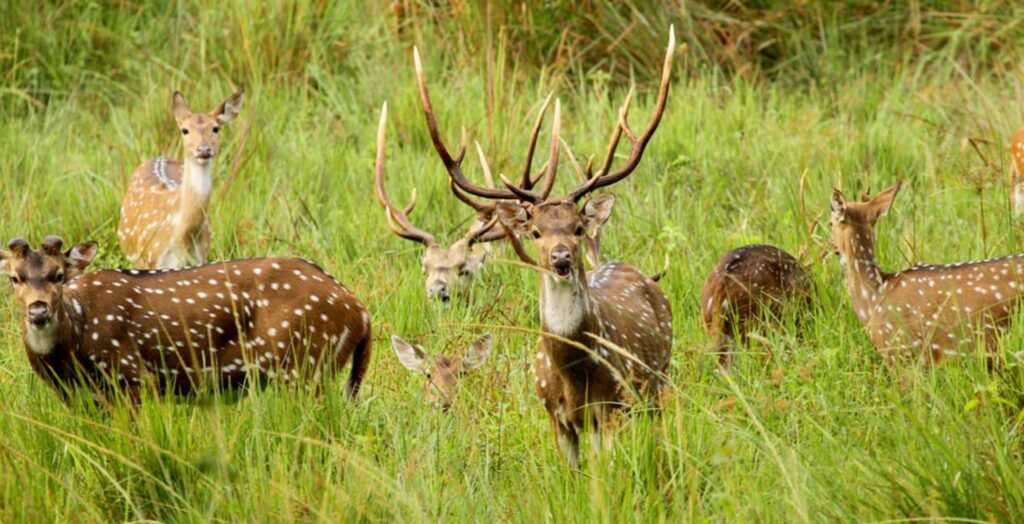Nestled in the Western Ghats, the Chinnar Wildlife Sanctuary stands as a testament to Kerala’s rich natural heritage. Known for its unique dry deciduous forests, the Chinnar Wildlife Sanctuary starkly contrasts the typically lush greenery associated with this region.
Chinnar is a paradise for lovers of the outdoors and animals, with an incredible array of rare and endangered species among its flora and fauna. This Chinnar Wildlife Sanctuary Kerala provides a wildlife sanctuary and a serene escape for those looking to reconnect with nature.
Chinnar Wildlife Sanctuary
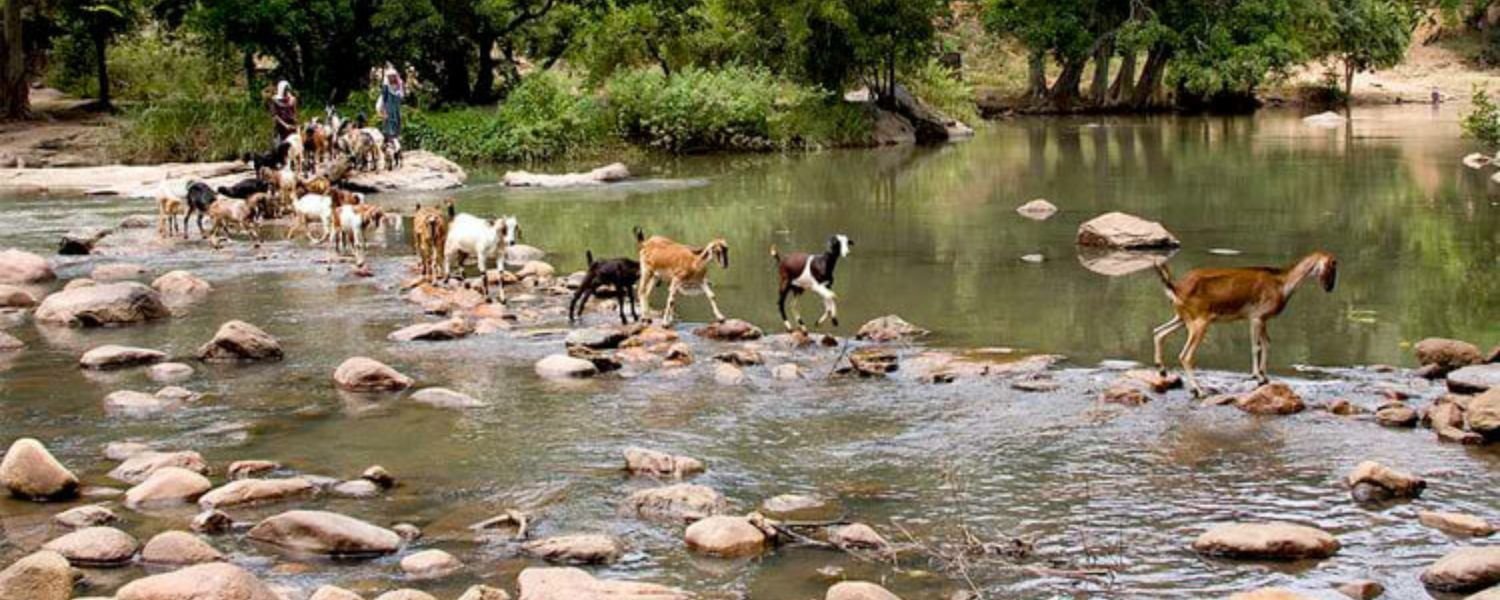
The Chinnar Wildlife Sanctuary, part of the Western Ghats, a UNESCO Heritage Site renowned for its extraordinary biodiversity, is situated in Kerala’s Idukki district. An area of 90.44 square kilometers, Chinnar’s landscape is a mosaic of dry deciduous forests, thorny scrub forests, riparian vegetation, and shola forests.
Unlike other wildlife sanctuaries in Kerala, which are characterized by tropical rainforests, Chinnar’s dry climate and unique ecosystem make it a distinctive destination.
The sanctuary is fed by two perennial rivers, the Chinnar and the Pambar, which support the region’s diverse flora and fauna. These rivers also contribute to creating several microhabitats, each harboring different species of plants and Chinnar Wildlife Sanctuary animals. This diversity is further enhanced by the varying altitudes within the Chinnar Wildlife Sanctuary, ranging from 500 meters to 2,370 meters above sea level.
Flora of Chinnar
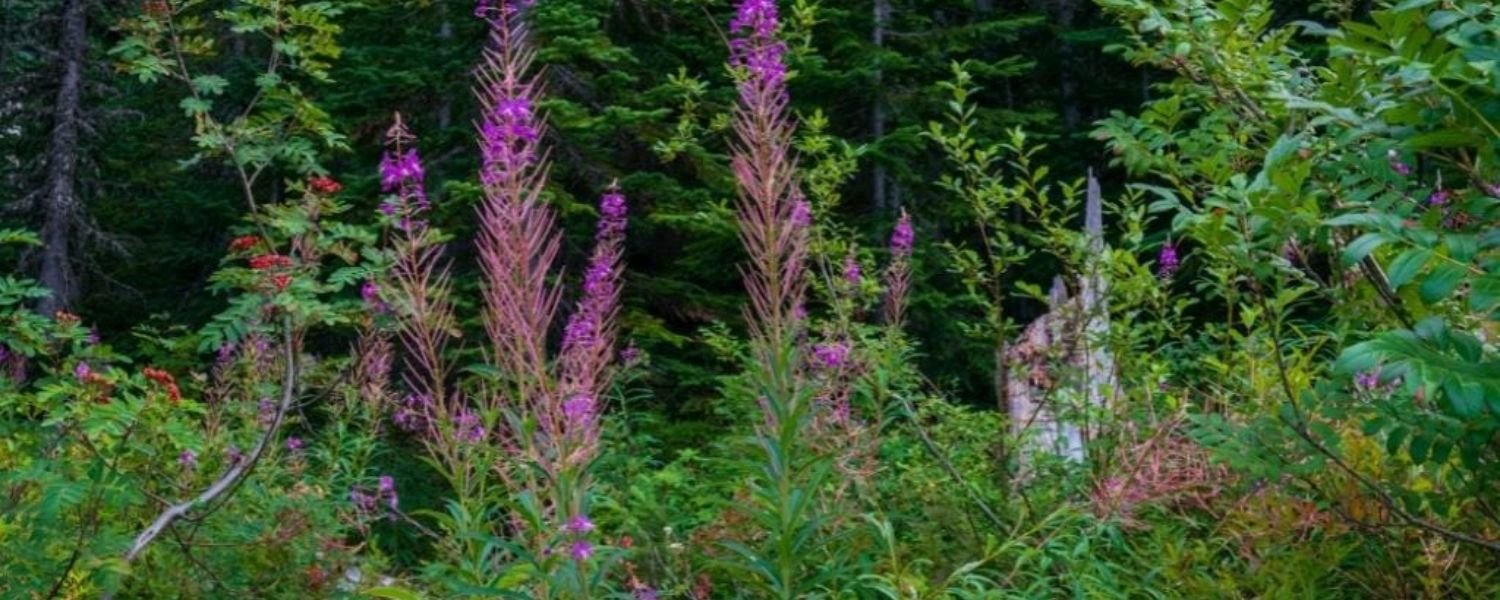
Chinnar is a botanical treasure trove, boasting over 965 species of flowering plants. The sanctuary’s unique climatic conditions support various plant species, some endemic to the Western Ghats. The dry deciduous forests are dominated by teak, rosewood, and sandalwood species. The thorny scrub forests, on the other hand, are home to xerophytes like acacia, cactus, and euphorbia.
The sanctuary also has several patches of wet riparian woods that along the rivers’ banks, where species such as bamboo, tamarind, and wild mangoes thrive. These riparian zones are crucial for the survival of many species, providing food, shelter, and breeding grounds.
One of the most significant botanical finds in Chinnar is Albizia lathamii, a rare and endangered tree species found only in this Chinnar wildlife sanctuary’s flora. Additionally, the refuge is home to several medicinal plants, which the local tribal communities have traditionally used for various ailments.
Fauna of Chinnar
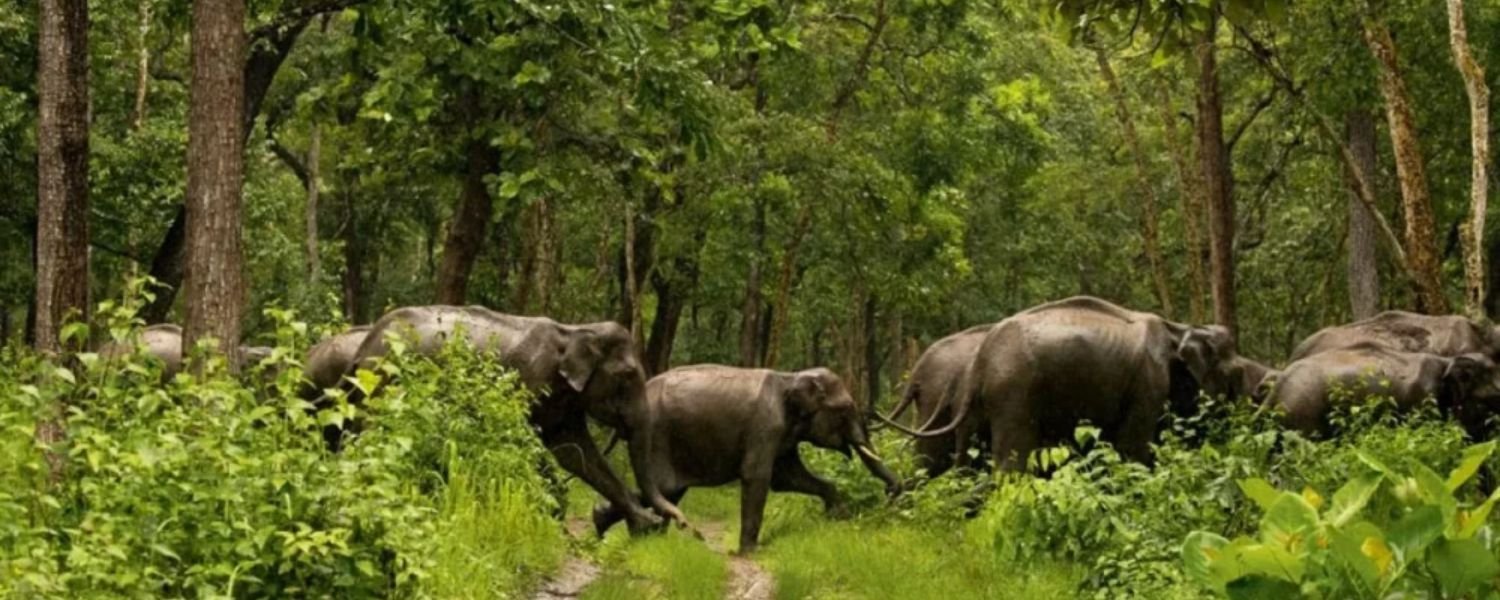
The Chinnar Wildlife Sanctuary is renowned for its diverse and rich wildlife. It is one of the last remaining habitats of the endangered grizzled giant squirrel (Ratufa macroura), a species found in only a few places in India and Sri Lanka. These squirrels are often spotted in the riparian forests, leaping gracefully from tree to tree.
The Chinnar Wildlife Sanctuary is also home to several other mammal species, including Indian elephants, gaurs (Indian bison), spotted deer, sambar deer, and langurs. Carnivores such as tigers, leopards, and wild dogs also inhabit the sanctuary, though they are more elusive and challenging to spot. The presence of the endangered star tortoise adds to the sanctuary’s importance as a conservation area.
Birdwatchers will find Chinnar a paradise, with over 225 species of birds recorded within the sanctuary. Notable species include the yellow-throated bulbul, listed as vulnerable, the Indian eagle owl, and various species of hornbills, woodpeckers, and kingfishers.
Reptiles and amphibians are also abundant in Chinnar. The sanctuary is home to the endangered Indian star tortoise and several species of snakes, including the monarch cobra and the Indian rock python. The rivers and water bodies within the Chinnar Wildlife Sanctuary are teeming with aquatic life, including several fish species and amphibians.
Cultural Significance
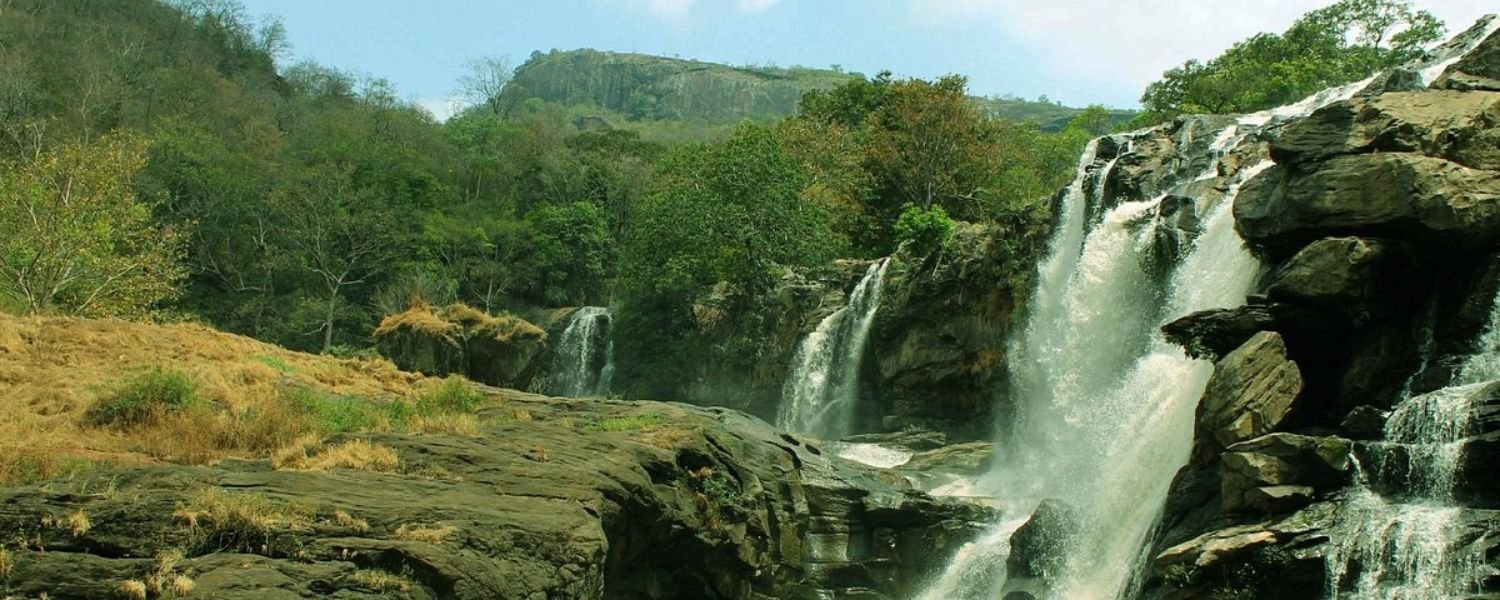
Beyond its natural beauty, Chinnar Wildlife Sanctuary is also significant for its cultural heritage. Many indigenous tribal people, such as the Muthuvans and Hill Pulayas, who have coexisted peacefully with the environment for ages, call the sanctuary home. These tribes have a profound grasp of the forest and its resources, and the biodiversity of the sanctuary has been preserved thanks in large part to their traditional wisdom.
The tribal communities in Chinnar practice sustainable agriculture, gathering non-timber forest products and traditional medicine. They also play a crucial role in protecting and managing the sanctuary, working alongside forest officials to monitor wildlife and prevent poaching.
Visitors to Chinnar can learn about the rich cultural heritage of these tribes through guided tours and cultural programs, making it one of the significant heritage sites in Kerala. The sanctuary also offers opportunities for community-based ecotourism, where tourists can stay in tribal homestays and experience the traditional way of life.
Ecotourism in Chinnar
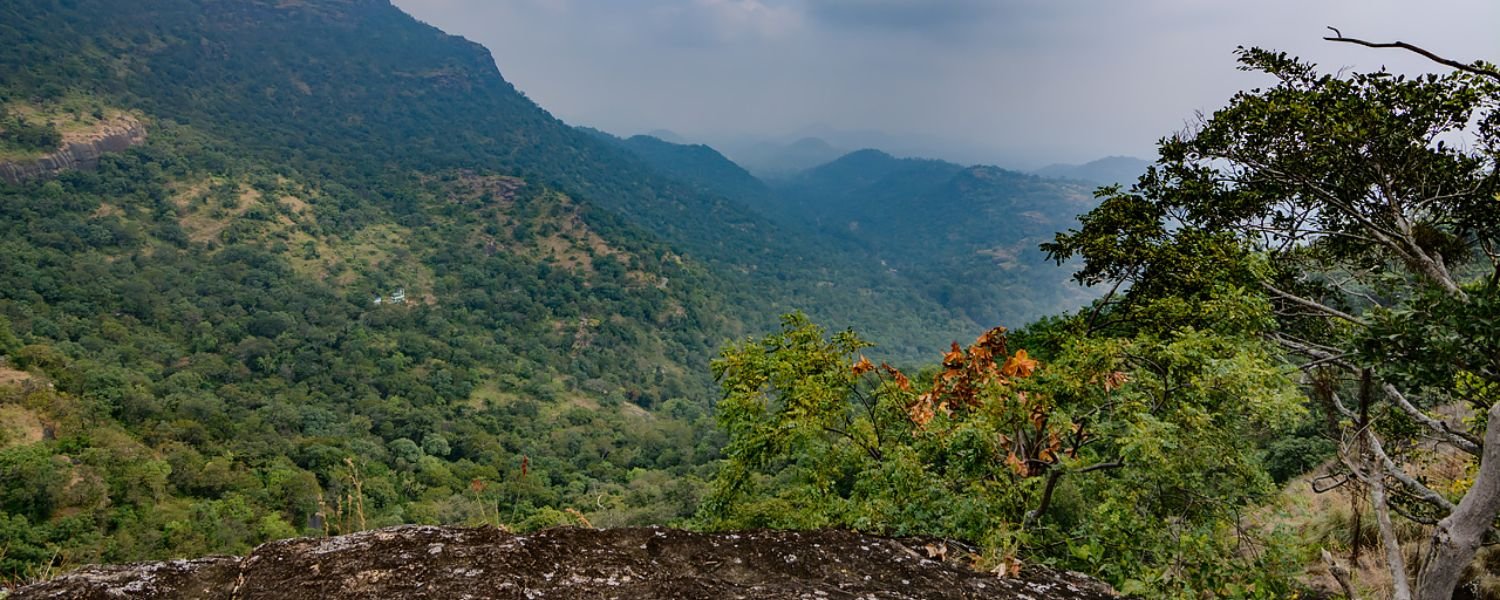
Ecotourism is a significant focus in the Chinnar Wildlife Sanctuary, with various initiatives to promote conservation and provide sustainable livelihoods for the local communities. The Chinnar Wildlife Sanctuary entry fee offers several eco-friendly tourism activities, including guided treks, wildlife safaris, bird watching, and camping.
One of the most popular trekking routes in Chinnar is the hike to the Thoovanam Waterfall, a stunning cascade located deep within the sanctuary. Moreover, the trek offers breathtaking views of the surrounding forests and is an excellent opportunity to spot wildlife.
Another popular activity is the night safari, which allows visitors to experience the Chinnar Wildlife Sanctuary’s nocturnal wildlife, including owls, civets, and porcupines.
The sanctuary also has several watchtowers strategically placed at various points, offering panoramic landscape views and providing excellent opportunities for wildlife spotting.
The forest department has established eco-friendly accommodation options, including tree houses and riverside cottages, allowing tourists to immerse themselves in the tranquility of the sanctuary.
Conservation efforts in Chinnar
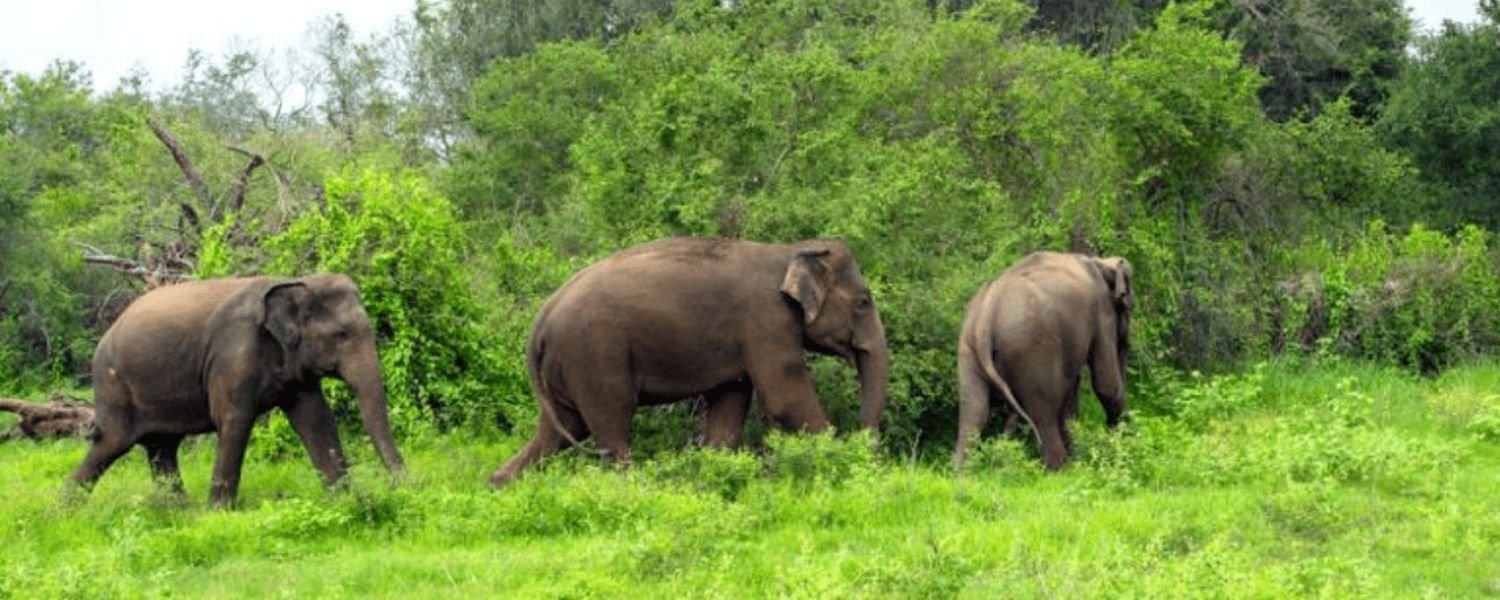
Chinnar Wildlife Sanctuary is not just a tourist destination but also a crucial site for wildlife conservation. The sanctuary’s unique ecosystem and several endangered species make it a priority for conservation efforts. The Kerala Forest Department, in collaboration with various NGOs and local communities, has implemented several programs aimed at protecting the sanctuary’s biodiversity.
Chinnar is undertaking critical efforts such as anti-poaching measures, habitat restoration projects, and community-based conservation initiatives. However, the sanctuary also serves as a vital corridor for the movement of wildlife between the forests of Tamil Nadu and Kerala, making its conservation even more significant.
In recent years, there has been a focus on conserving the grizzled giant squirrel, with efforts to protect its habitat and keep an eye on its population. The sanctuary is also part of the larger Anamalai-Parambikulam Elephant Reserve, which aims to protect elephants’ migratory routes and reduce human-wildlife conflict in the region.
How to Reach Chinnar Wildlife Sanctuary

The Chinnar Wildlife Sanctuary is easily accessible from major cities in Kerala and Tamil Nadu. The nearest town is Marayoor, located about 16 kilometers from the sanctuary, while Munnar, a popular hill station, is about 60 kilometers away. The nearest airport, Airport International in Cochin, is one of the major airports in Kerala and is about 150 kilometers from the sanctuary. The closest railway station is Pollachi, Tamil Nadu, approximately 60 kilometers from Chinnar.
Visitors can reach the sanctuary by road, with several state-run and private buses connecting Marayoor and Munnar to Chinnar. Drivers will find the refuge well-connected by road, with scenic routes offering breathtaking views of the Western Ghats.
Best Time to Visit Chinnar Wildlife Sanctuary
You can visit Chinnar Wildlife Sanctuary year-round, but the best time to explore its beauty is during the winter months, from December to February.. The weather is pleasant during this time, with cool temperatures and minimal rainfall, making it ideal for trekking and wildlife spotting.
The sanctuary also experiences a brief monsoon season from June to August, during which the rivers and waterfalls are at their most majestic. However, heavy rains can make trekking difficult, so it is advisable to check the environmental conditions before planning a visit during the monsoon, especially if you visit nearby attractions like Mattancherry Palace.
The summer months, from March to May, are hot and dry, but this is also the time when wildlife is most active around water sources, offering excellent opportunities for wildlife photography.
Conclusion
The Chinnar Wildlife Sanctuary is a gem of the Western Ghats, offering visitors a unique mixture of natural beauty, rich biodiversity, and cultural legacy. Whether you are a wildlife enthusiast, a nature lover, or someone trying to get away from the bustle of the metropolis, Chinnar provides an unparalleled experience.
Its commitment to conservation and ecotourism ensures that this sanctuary remains a haven for wildlife and people, preserving its treasures for generations.
